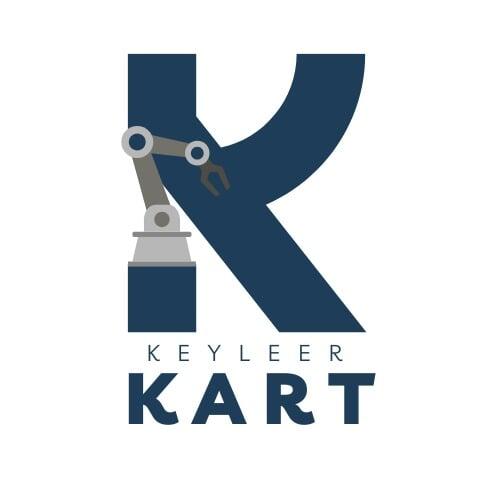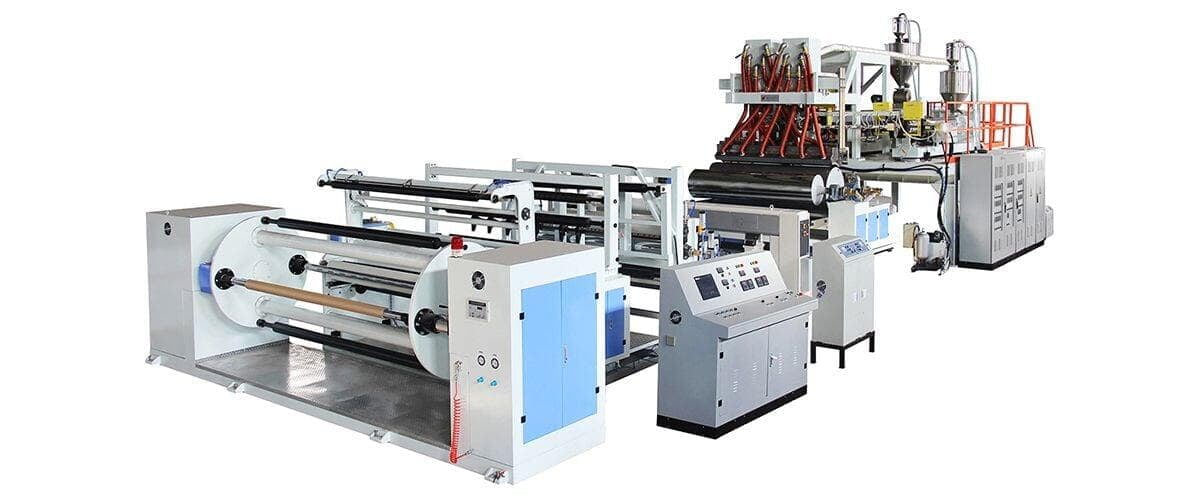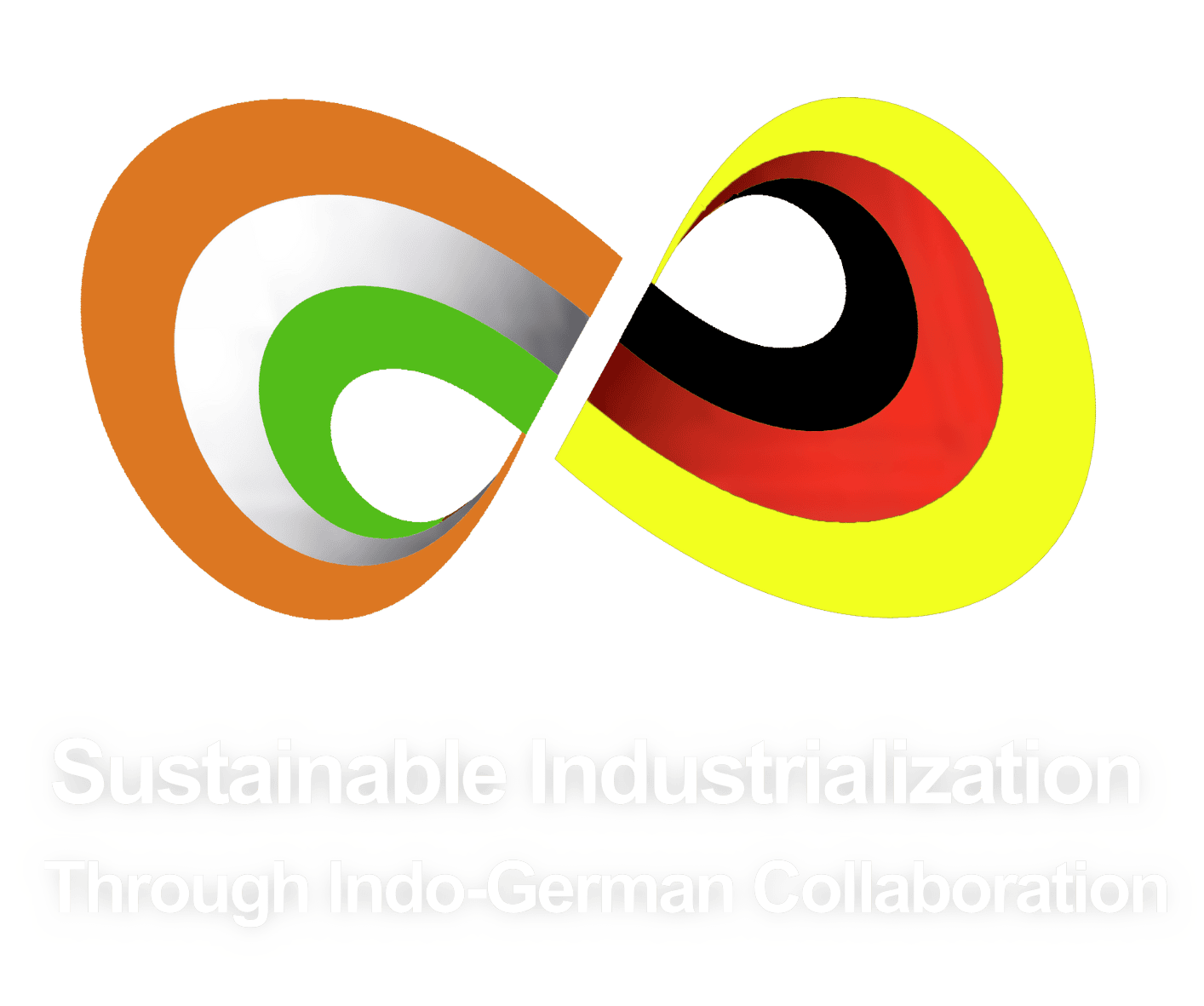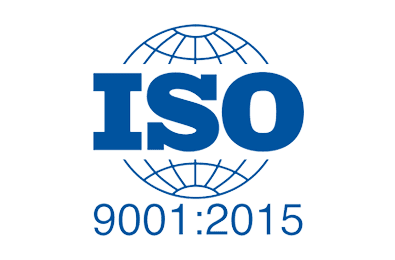Understanding Process Work in CPP Machine
Understanding Process Work in CPP Machine
In the ever-evolving world of packaging, Cast Polypropylene (CPP) film has gained significant traction due to its versatility and performance. From food packaging to industrial applications, CPP film has become a go-to choice for many businesses. But have you ever wondered what goes into the process of making this essential material?
In this blog, we'll explore the intricate steps involved in CPP film production and how it integrates with packaging machinery.
What is CPP Film?
Before diving into the production process, let's clarify what CPP film is. Cast Polypropylene (CPP) film is a type of plastic film made from polypropylene, a polymer that offers excellent transparency, gloss, and barrier properties. It is commonly used in packaging applications where flexibility and durability are paramount.
The CPP Film Production Process
1. Polymerization
The journey of CPP film begins with polymerization, where propylene gas is transformed into polypropylene. This is typically achieved through a catalyst process that produces a polymer with desired properties. The quality of the polypropylene significantly affects the final characteristics of the CPP film.
2. Extrusion
Once the polypropylene is synthesized, the next step is extrusion. During this process, the polymer pellets are melted and forced through a flat die to create a continuous sheet of film. The extrusion process allows for precise control over thickness and width, making it adaptable for various applications.
3. Casting
The molten polypropylene sheet is then cast onto a chill roller, where it cools and solidifies rapidly. This casting process is crucial, as it helps maintain the film's clarity and mechanical properties. The cooling rate can be adjusted to optimize film characteristics such as stiffness and flexibility.
4. Stretching
After casting, the film undergoes a stretching process—either in the machine direction (MD) or across the machine direction (TD). This step enhances the film's strength and barrier properties. Stretching also improves clarity and gloss, making CPP film suitable for high-quality packaging applications.
5. Winding
Once the film has been properly stretched and cooled, it is wound onto large rolls. This winding process is essential for easy handling and further processing. The rolls can be stored or shipped to converters for additional processing.
Integration with Packaging Machinery
Once CPP film is produced, it’s ready to be utilized in various packaging machinery. Here's how CPP film fits into the packaging ecosystem:
1. Conversion
Packaging converters take the CPP film and convert it into bags, pouches, and other packaging formats. This often involves processes like printing, laminating, and sealing. The film's properties—such as its heat sealability and barrier characteristics—play a crucial role in determining the final product's performance.
2. Filling and Sealing Machines
Once the CPP film is converted into packaging formats, it is fed into filling and sealing machines. These machines use heat and pressure to create airtight seals, ensuring that the contents remain fresh and protected. The adaptability of CPP film makes it compatible with various filling methods, including vacuum sealing and modified atmosphere packaging.
3. Sustainability Considerations
As the packaging industry increasingly emphasizes sustainability, CPP film can be engineered to meet eco-friendly standards. Advances in biopolymers and recyclable materials are leading to more sustainable options, which can be integrated into existing packaging machinery with relative ease.
Conclusion
The process of making CPP film is a blend of science and engineering, involving several crucial steps from polymerization to winding. Understanding this process not only highlights the complexity of CPP film production but also its integral role in the packaging industry. As technology advances, the synergy between CPP film and packaging machinery will continue to evolve, offering innovative solutions that meet the demands of modern consumers.
Whether you're a manufacturer, converter, or end-user, recognizing the importance of this process can help you make informed choices in your packaging solutions.
